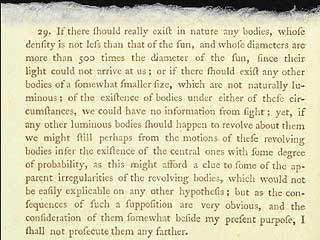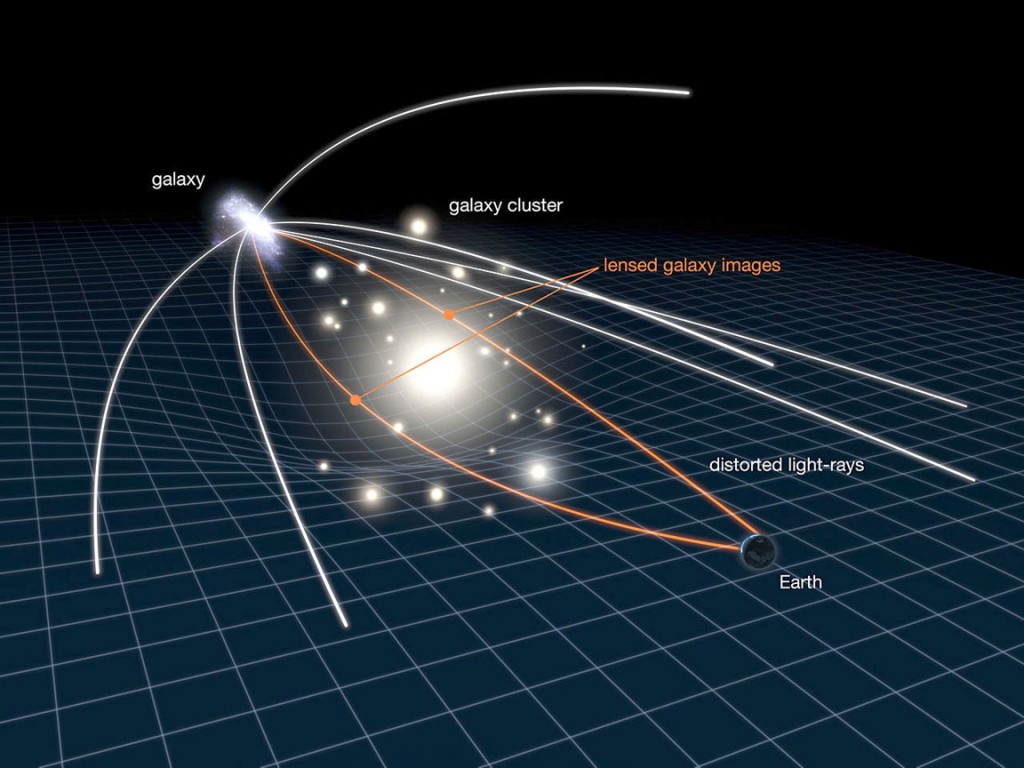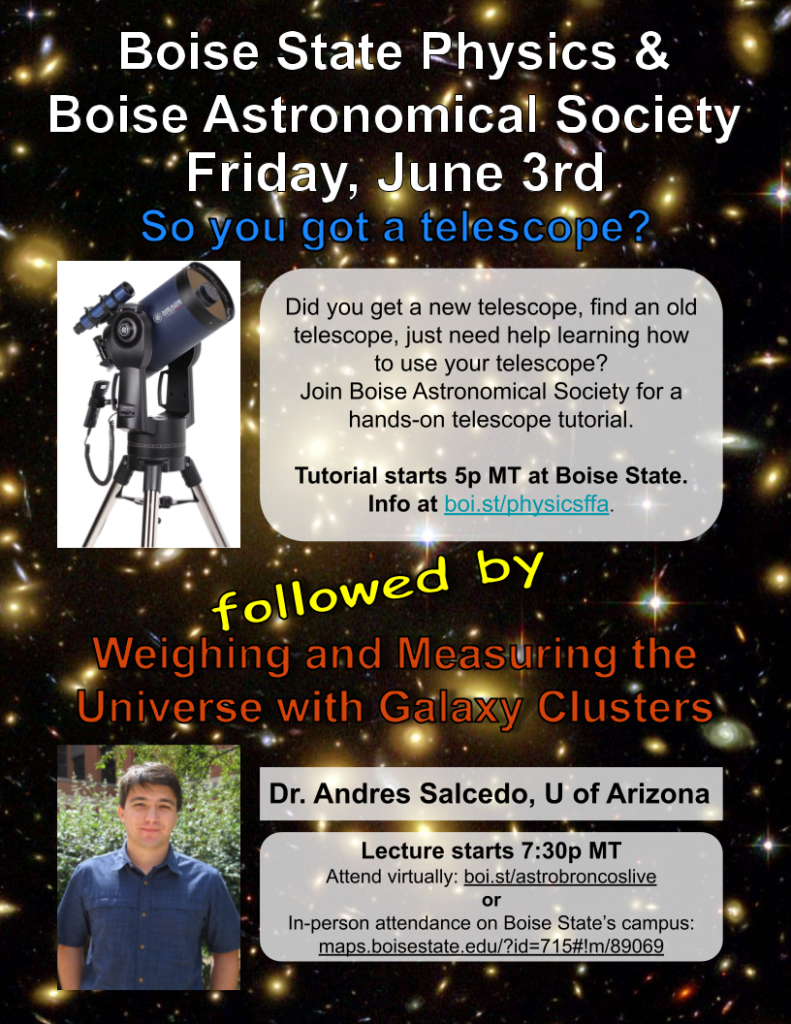
Although our current understanding of gravity, the theory of general relativity, arose only one hundred years ago, scientists were speculating about exotic gravitational effects going back to before the word “scientist” even existed. Today, astronomers employ gravity in a variety of ways to study the cosmos, to look for planets outside our solar system and even to weigh some of the largest celestial bodies in existence. These measurements have shed light on some of the darkest of astronomical mysteries.
The Prophet of Dark Star

A piercing intellect unfortunately relegated to historical obscurity, John Michell was so far ahead of his time scientifically that his ideas were essentially ignored during his lifetime, many of which were only re-discovered centuries later. An 18th century natural philosopher and clergyman from Cornwall, Michell graduated from Cambridge in 1752, the same year that Franklin famously flew his kite.
As a believer in Newton’s theory of light as minute particles, he posited the existence of “dark stars”, stars with such strong gravity that not even light can escape in a paper published in 1783, the same year Franklin co-signed the Treaty of Paris, ending the American Revolution.
Michell’s “dark stars” were finally re-discovered in 1916 by Einstein but not definitively detected until 1971, by which time they had been re-named “black holes“.
Magnifying the Influence of Gravity

Although Michell wasn’t aware of general relativity (it wasn’t invented until 1915), his suggestion that gravity deflect light rays was essentially correct. Nowadays astronomers use the gravitational deflection of light rays, called “gravitational lensing”, for all kinds of observations.
One kind of observation especially close to my heart is a sub-set of lensing called “gravitational microlensing“. Interestingly, even Einstein realized in 1915 that microlensing could, in principle, be used to find otherwise hidden gravitating bodies, but he believed such lensing events would occur so rarely, it wouldn’t be useful for anything.
But, in fact, this kind of lensing signal is regularly used to find planetary systems, netting about three dozen exoplanets over the last decade.
Weighing the Cosmos
Because the strength of gravitational attraction is larger for more massive objects (or collections of objects), astronomers can also use images of gravitational lensing to weigh celestial objects. One of the most famous such images is shown above, illustrating what is now called an “Einstein Ring“, the gravitationally distorted image of a background galaxy. More than galaxies, astronomers use gravitational lensing regularly to estimate the masses of galaxy clusters, the second largest structures in the universe (galaxy filaments are the largest).
In addition to providing important tests of general relativity, weighing galaxy clusters has helped confirm the ubiquity of dark matter. Indeed, we now know that regular, luminous matter makes up only 1% of all the matter in these galactic clusters. Ninety percent of the quattuordecillion (one followed by 45 zeros) kilograms of matter that make up a typical galaxy cluster comes in the form of dark matter, something that not even the scientific prophet John Michell could have anticipated.
Join Boise State Physics on Friday, June 3 at 7:30p MT to hear from Dr. Andres Salcedo of the University of Arizona describe how cosmologists use gravitational lensing to measure the weights of galaxy clusters – boi.st/physicsffa. The talk will be live-streamed at boi.st/astrobroncoslive.
And come to campus before the talk (at 5p) to get help using your telescope from the Boise Astronomical Society, who will host their annual “So you got a telescope?” event.
